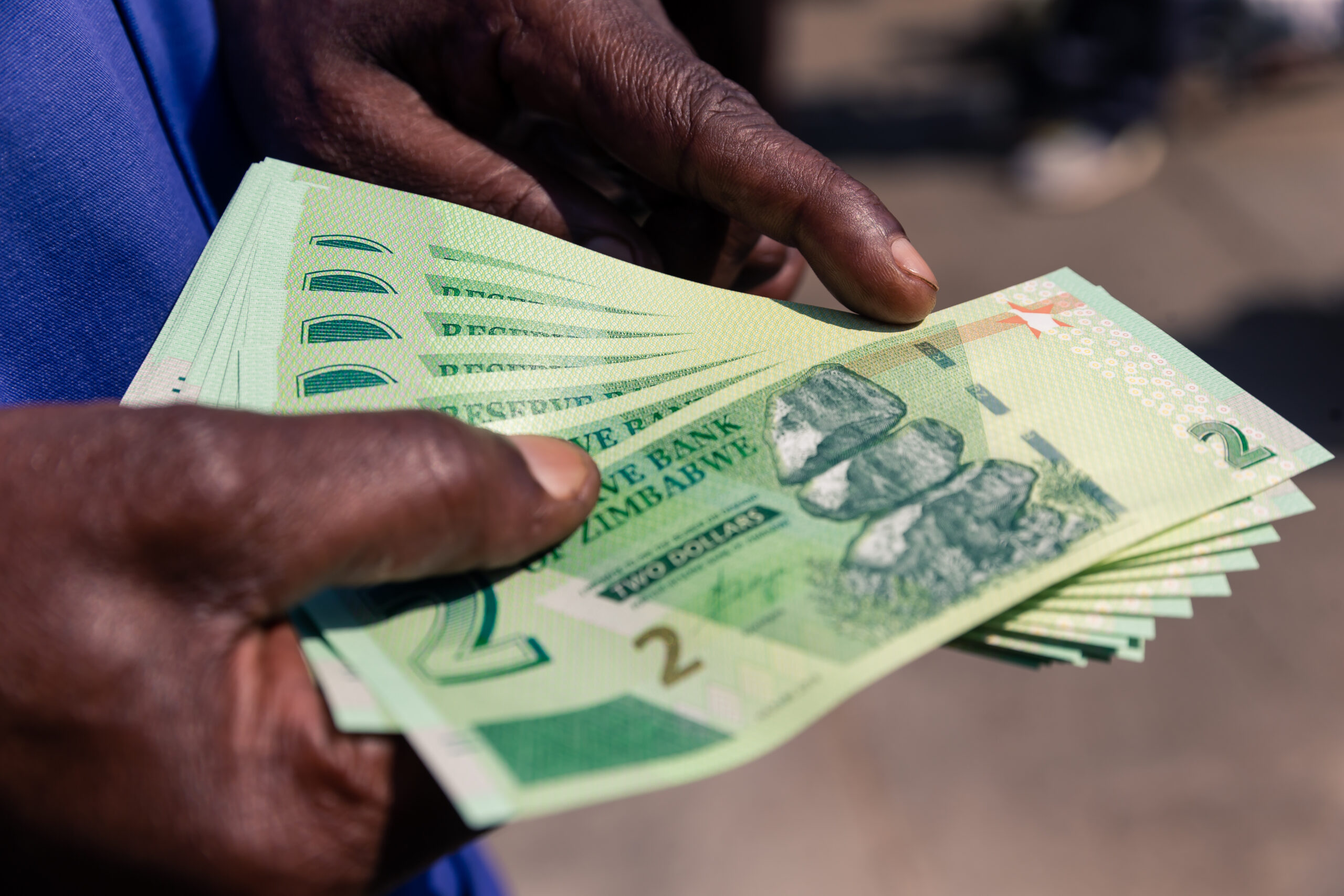Zimdollar dips on forex markets
THE United States Agency for International Development (USAID) has reported a 6% and 9% depreciation of the local currency against the greenback on the official and parallel forex markets, respectively, last month, resulting in higher food prices.
The depreciation of the Zimdollar led to the Consumer Council of Zimbabwe reporting an increase in the local currency monthly basket for a six-member low-income urban household of 6,24% to almost ZWL$2,7 million.
USAID made this revelation in its new food security outlook covering the October 2023 to May 2024 period from the agency’s food security arm, the Famine Early Warning Systems Network (Fewsnet).
“At the end of October, the official and parallel markets were trading at around ZWL$5 700 and ZWL$7,600 per US$1, respectively, six and nine percent higher than in September. The ZWL depreciation has also resulted in informal markets rejecting ZWL$50 banknotes, the second highest ZWL note in circulation. The bills only remain acceptable in formal chain retail shops,” Fewsnet said.
“Additionally, the premiums charged for transacting in Zimdollar using mobile and electronic modes continue to increase. The depreciation of the Zimdollar has driven Zimdollar price increases for basic food and other commodities. In October, the Zimdollar price of wheat and bread increased by 25%, maize meal and rice increased by 20 and 15% respectively and sugar and cooking oil rose by nearly 5%.”
Fewsnet, however, noted that most households were increasingly operating in US$ or South African rand, especially in the informal sector as the industry has mostly shunned local currency.
“Available estimates suggest that over 80% of transactions are conducted in US$. Additionally, poor households and even some middle and better-off households, increasingly depend on informal sector retailers and open markets who price their goods cheaper and almost exclusively in US$,” Fewsnet said.
“These retailers and open markets that pay in US$ cash are preferentially supplied with goods by producers ahead of formal wholesalers and chain supermarkets that operate mainly on Zimdollar payments and often pay producers weeks later when the Zimdollar may have devalued.”
According to the research, last month saw most formal retail supermarkets noticeably start to peg prices in US$, with Zimdollar payments effected using prevailing interbank rates that allow for a maximum 10% premium.
This, plus the fact that banks had all but stopped lending in foreign currency pushed Zimbabwe President Emmerson Mnangagwa to extend the use of US dollars past the initial deadline of 2025 to 2030.-newsday











